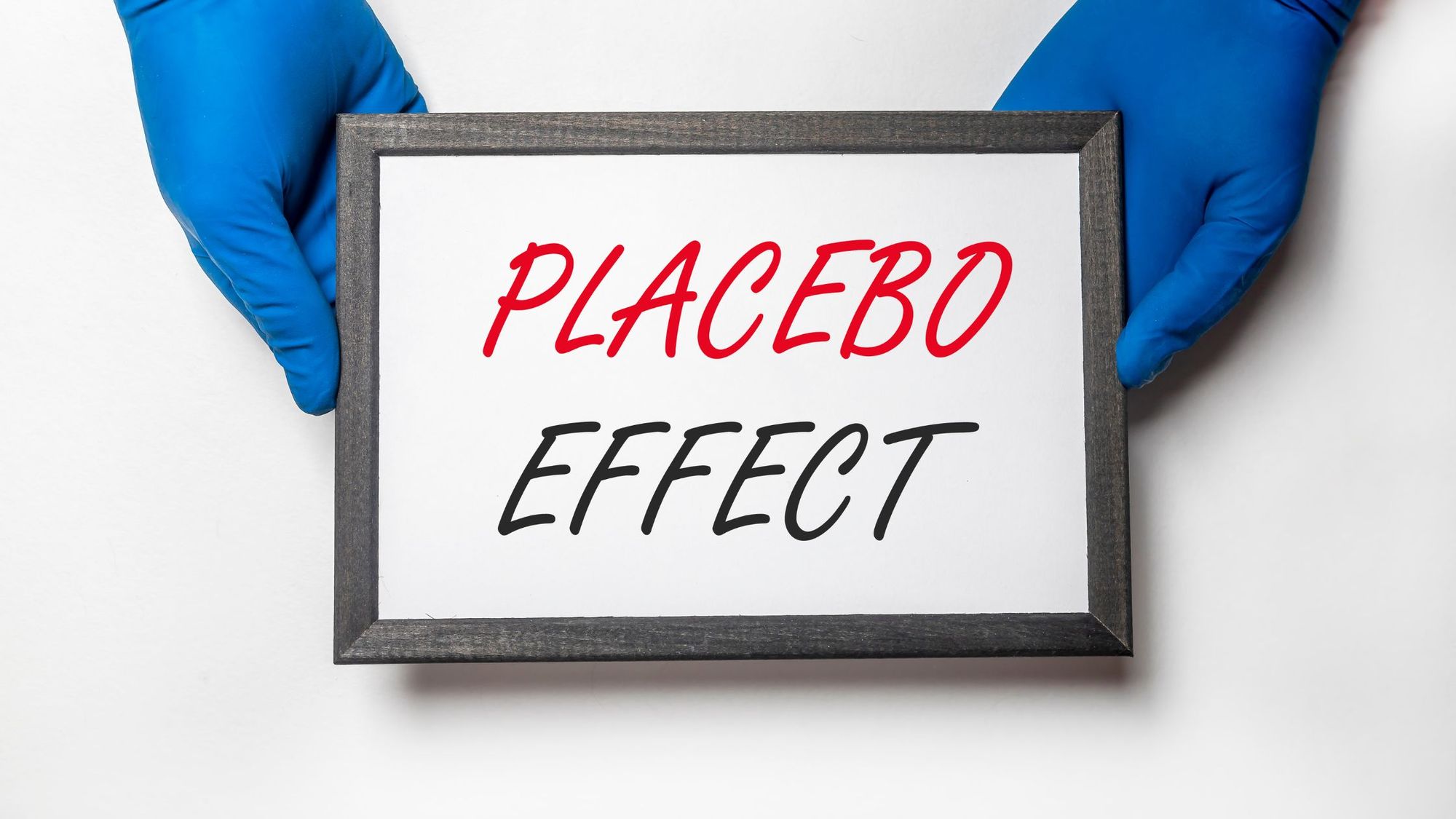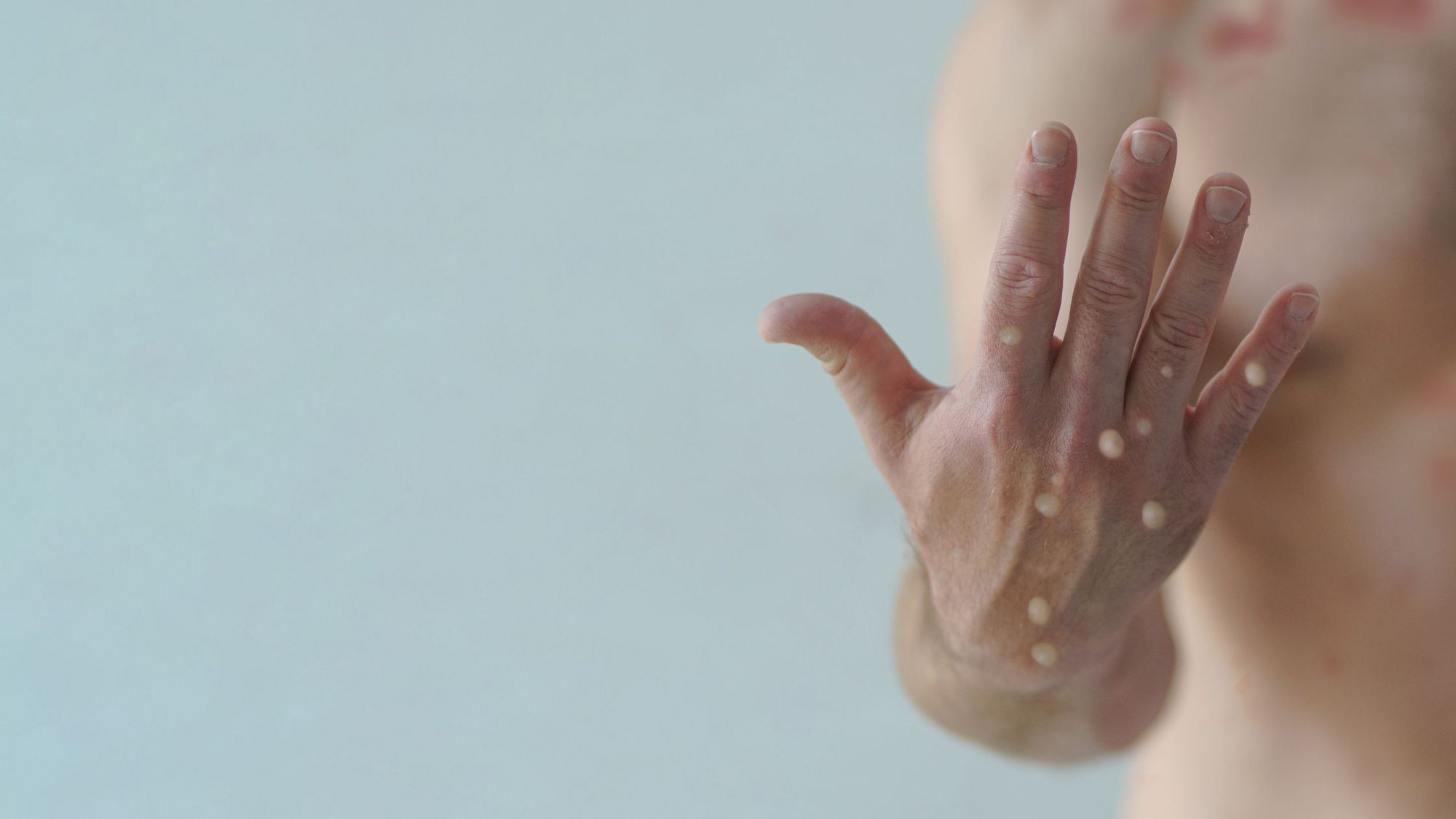
Have you ever heard of the saying “mind over matter?” It turns out that there might be some truth to this age-old adage. Introducing the placebo effect, in which a person’s belief in a treatment’s effectiveness can result in actual improvements in their health, even if the treatment itself might not be founded on scientific evidence.
While clinical researchers may at first dismiss successful recovery from ritual-based or traditional medicine as mere placebo effect, they’re now recently taking it more seriously as playing an important role in a patient’s recovery as a whole.
If you think back on it, there’s much more weight behind a pediatrician reassuring their child patients that “this isn’t going to hurt!”

Where Do We See the Placebo Effect?
The whole notion of the placebo effect is that a person’s perception can elicit a real physiological response. This response can include changes in pain perception, mood, and other symptoms.
The placebo effect is often seen in clinical trials, where some participants receive a placebo, while others receive an active treatment. Here, the placebo effect is often used as a benchmark for comparing the effectiveness of new treatments. If a new treatment is no better than a placebo, it may not be worth pursuing further.
To add to that, the placebo effect can also be used to enhance the effectiveness of active treatments. For example, a study of patients with irritable bowel syndrome found that those who received a placebo in addition to their regular treatment. They were even made aware that the pills they were taking were an open-label placebo.
Placebos are usually inert substances, such as sugar pills or saline injections, that have no real therapeutic value. However, it remains that when patients believe that they are receiving an active treatment, they may experience real improvements in their symptoms.
The placebo effect has been observed in a wide range of conditions, including pain, depression, anxiety, and even Parkinson’s disease.

How the Placebo Effect Affects Your Body
The placebo effect is thought to work through a complex interplay of psychological and physiological factors. It all begins with thought, which can trigger a cascade of changes in the brain and body that can lead to real improvements in symptoms.
One theory is that the placebo effect activates the brain’s reward system, leading to the release of endorphins and other feel-good chemicals. This can lead to reduced pain and improved mood. You could think of it as the flip side of experiencing trembling hands when you’re feeling nervous or anxious.
Another theory is that the placebo effect is related to the body’s natural healing mechanisms. With the placebo effect in play, it may trigger a relaxation response that can reduce stress and inflammation in the body. This, in turn, can promote healing and recovery.
Understanding the Placebo Effect’s Real Consequences
Despite it all being in your head, we can now understand that your perception holds power over reality.
On the one hand, you have patients benefiting from a positive mindset. A white lie. On the other hand, patients might stop taking effective treatments because they believe that the placebo is responsible for their improvement, despite what their doctor might say. This can lead to a worsening of symptoms and even harm.
All this is to say, one thing is for sure: health professionals are taking the placebo effect seriously as a tool and inherent element of recovery. By understanding and harnessing the placebo effect, healthcare providers can cater to their patient’s specific needs and help them achieve healthier outcomes.
But if you like making more informed decisions with your health, then a CircleDNA test can help you achieve results in health and fitness rooted in your own genetics. The at-home test tells you your disease risks, optimal diet and fitness types, stress and rest responses, and much more.







Comments are closed.